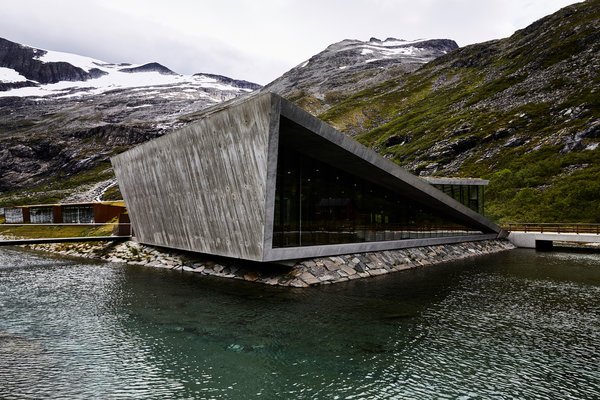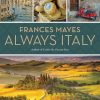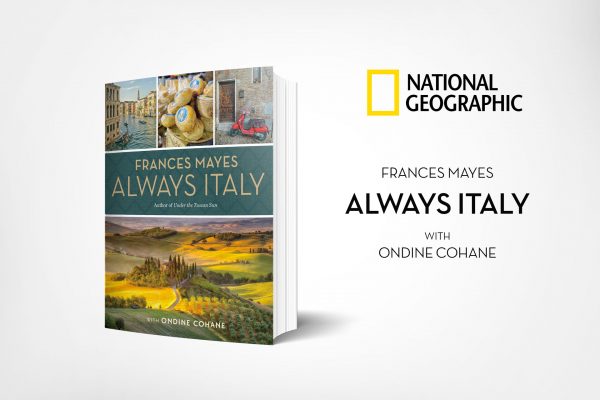A writer finds emotional solace on some of Norway’s scenic remote roads, which have been transformed into architectural wonders.
I was driving up a remote road in central Norway. To be more accurate, it was actually more like I was playing an advanced level video game. Eleven switchbacks were cut into the sheer mountainside, and my little white rental car shuddered up the narrow passes.
Once part of the trade route that crisscrossed through the country, this passageway, called Trollstigen, or the troll’s path, remains a spectacular example of the power of engineering in a remote region that is basically impassable from early November to May, when the snow falls.
Even while I tried to focus purely on the sharp bends ahead of me late last autumn, the beauty of my surroundings was still breathtaking: trees with brilliant gold, russet-red and pumpkin-orange leaves; dramatic sculptural mountain peaks stretching up into a lonely, foreboding sky; a silvery waterfall that cascades from the top of one of the adjacent cliffs; and a dramatic sunset that deepens and changes hues every second, with puffy clouds reflecting the last pink and fire-red rays.
I had come to Norway to escape an unraveling marriage, and seek distraction from the accompanying pain. But, ostensibly, my plan was a solitary road trip to see the Norwegian Scenic Routes after hearing about the unusual undertaking from a friend in New York who is passionate about architecture, especially in Nordic countries. In recent decades, Norway has become a hot bed for young and midcareer architects, and it’s no wonder, given Norway’s incredible support of architecture and architects in one of the wealthiest countries in the world.
“The Norwegian Scenic Routes have been a game changer for the tourism industry in Norway and the Fjord Norway region,” said Kristian B. Jorgensen, chief executive of Fjord Norway, the official tourism board of the fjords. He added that the new iconic attractions have inspired travelers from all over the world “to visit our country, stay longer and come back again to experience more.”
After the project was greenlighted in the late 1990s, and following a nationwide competition (both in terms of the roads chosen and the new structures proposed), Norway had envisioned the endeavor as a 30-plus year undertaking to transform 18 of Norway’s highways into cultural destinations.
[mk_button dimension=”three” size=”medium” outline_skin=”dark” bg_color=”#00c8d7″ text_color=”light” icon=”moon-quill” url=”https://www.nytimes.com/2017/10/16/travel/norwegian-scenic-routes-norway.html” target=”_self” align=”left” id=”Buton ID” margin_top=”0″ margin_bottom=”15″]Click to Read full article[/mk_button]



